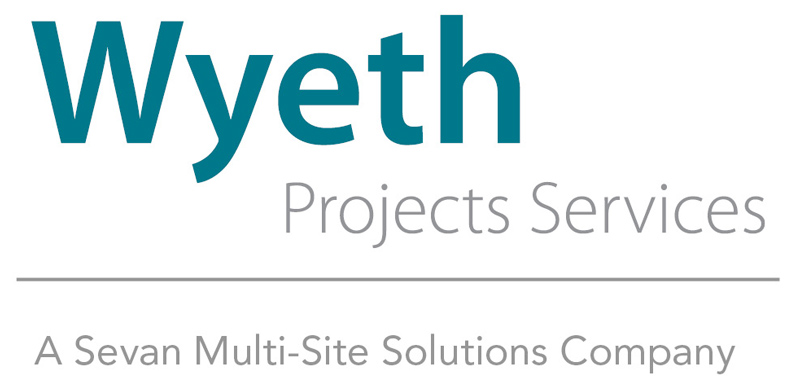In the realm of multi-site construction, precision and efficiency are essential. The success of any project heavily relies on accurate surveying, which forms the foundation for precise measurements, proper planning and seamless execution. Fortunately, the world of multi-site construction surveying has witnessed significant advancements in recent years, introducing innovative techniques and technologies that revolutionize the way we approach this crucial aspect of construction. Let’s immerse ourselves in the accuracy and efficiency of multi-site construction surveying, exploring the latest tools and methodologies that are shaping the industry.
Laser Scanning and LiDAR Technology:
One groundbreaking technique that has gained momentum in multi-site construction surveying is laser scanning. By utilizing laser beams to capture precise measurements and generate detailed 3D models of structures and terrain, laser scanning allows surveyors to accurately assess existing conditions and capture as-built data with remarkable efficiency. Coupled with LiDAR technology (Light Detection and Ranging), which uses laser pulses to measure distances, these technologies offer unprecedented accuracy and speed, significantly reducing the time and effort required for traditional surveying methods.
Unmanned Aerial Vehicles (UAVs) and Drones:
UAVs, commonly known as drones, have revolutionized various industries, including multi-site construction surveying. Equipped with high-resolution cameras and advanced sensors, drones provide a bird’s-eye view of construction sites, capturing aerial imagery and generating detailed topographic maps. By automating the data collection process and covering vast areas in a fraction of the time, drones have become indispensable tools for multi-site construction surveyors. They enable efficient monitoring of project progress, accurate site inspections and the identification of potential issues before they escalate.
Global Navigation Satellite Systems (GNSS):
Traditional surveying methods often relied on manual measurements using total stations and theodolites. While still valuable in certain scenarios, the introduction of Global Navigation Satellite Systems (GNSS) has transformed surveying practices. Utilizing satellite signals to determine precise locations, GNSS technology allows for real-time positioning, thereby enabling surveyors to establish control points quickly and accurately. This technology significantly enhances surveying efficiency, particularly in large-scale construction projects where speed is of the essence.
Building Information Modeling (BIM):
Beyond advanced tools and techniques, the integration of Building Information Modeling (BIM) has revolutionized the way multi-site construction projects are planned, designed and executed. BIM combines data-rich 3D modeling with comprehensive information about the building’s components, enabling a collaborative and coordinated approach among various stakeholders. By integrating surveying data into the BIM process, construction professionals can ensure accurate spatial representation and streamline the exchange of information, enhancing both accuracy and efficiency throughout the project lifecycle.
The multi-site construction industry is embracing innovative techniques and technologies that enhance accuracy and efficiency in surveying practices. Laser scanning, drones, GNSS and BIM have become integral tools for modern construction surveyors, enabling precise measurements, streamlined data collection and seamless collaboration among project stakeholders. Embracing these advancements not only saves time and resources but also improves overall project outcomes. As the multi-site construction landscape continues to evolve, it is essential for professionals in the field to stay updated with these innovative tools and methodologies to achieve greater accuracy, efficiency and success in their surveying endeavors.
